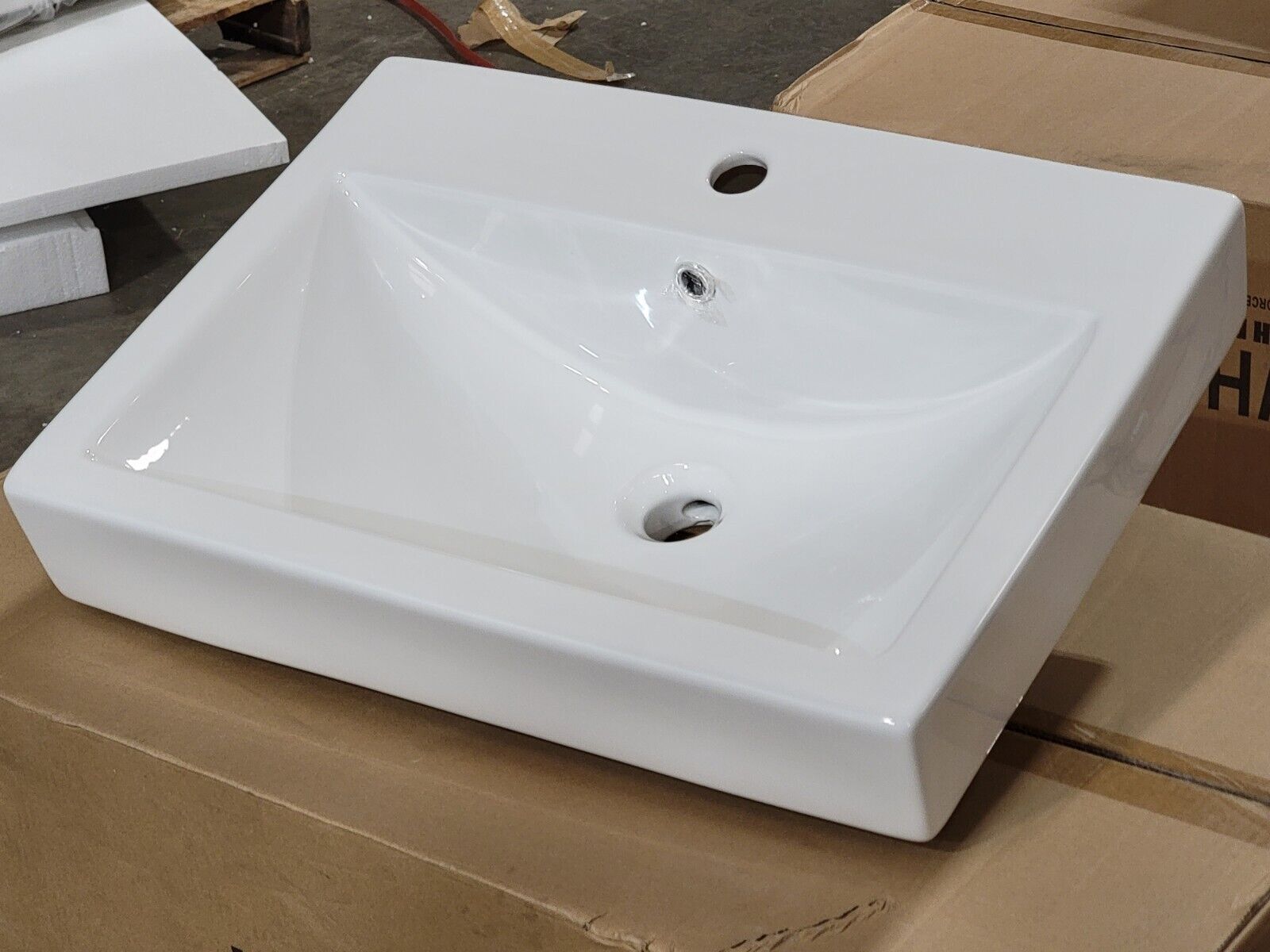

Articles
What Is Self Rimming Sink
Modified: January 20, 2024
Discover everything you need to know about self rimming sink articles, from installation to maintenance and design options. Explore our comprehensive guide now.
(Many of the links in this article redirect to a specific reviewed product. Your purchase of these products through affiliate links helps to generate commission for Storables.com, at no extra cost. Learn more)
Introduction
Welcome to the world of home improvement, where even the smallest details can make a big impact. When it comes to enhancing the functionality and aesthetics of your kitchen or bathroom, the choice of sink is an important consideration. One option that you might come across is a self-rimming sink.
A self-rimming sink, also known as a drop-in sink or top-mount sink, is a common fixture found in many households. It is characterized by its raised rim that sits on top of the countertop, creating a visible and distinct boundary between the sink and the surrounding surface.
While self-rimming sinks may not have the trendy appeal of undermount or farmhouse sinks, they offer a range of unique advantages that make them a popular choice among homeowners.
In this article, we will delve into the world of self-rimming sinks, exploring their definition, advantages, disadvantages, installation process, maintenance tips, and popular brands.
If you are considering a self-rimming sink for your kitchen or bathroom, or simply curious about this type of sink, read on to discover all the information you need to know before making a decision.
Key Takeaways:
- Self-rimming sinks offer easy installation, versatility in design, and affordability, making them a practical choice for homeowners seeking a durable and functional sink option for their kitchen or bathroom.
- While self-rimming sinks have visible rims and cleaning challenges, popular brands like Kohler, Elkay, and Blanco provide a wide range of options to suit different preferences and needs, ensuring homeowners can find the perfect sink for their space.
Read more: How To Store Rims
Definition of a Self Rimming Sink
A self-rimming sink, also known as a drop-in sink or top-mount sink, is a type of sink that is designed to be installed by dropping it into a pre-cut hole in the countertop. It is characterized by its raised rim, which sits on top of the countertop surface, creating a visible and distinct boundary between the sink and the surrounding surface.
The self-rimming sink is a versatile option that can be used in both kitchen and bathroom settings. It is available in a wide range of shapes, sizes, and materials to suit different design preferences and functional needs.
One of the key features of a self-rimming sink is its ease of installation. Unlike undermount sinks that require special mounting hardware and support, a self-rimming sink simply needs to be positioned and secured in the pre-cut hole. The raised rim rests on the countertop surface, providing stability and support.
Another defining characteristic of a self-rimming sink is the lip or flange that extends beyond the rim. This lip ensures a seamless fit between the sink and the countertop, preventing water and debris from seeping into the gap between the sink and the counter. It also adds a decorative element, giving a finished look to the sink installation.
Self-rimming sinks are typically made from durable materials such as stainless steel, porcelain, or composite materials like granite or quartz. These materials are resistant to stains, scratches, and heat, making them suitable for the heavy use and exposure to water and cleaning agents that sinks are subjected to.
Overall, the definition of a self-rimming sink can be summarized as a versatile, easy-to-install sink option with a raised rim that rests on the countertop, creating a seamless and functional fixture for your kitchen or bathroom.
Advantages of Self Rimming Sinks
Self-rimming sinks offer several advantages that make them a popular choice among homeowners. Let’s explore some of the key benefits:
- Easy Installation: One of the major advantages of self-rimming sinks is their simple installation process. They can be easily dropped into a pre-cut hole in the countertop, eliminating the need for complicated mounting hardware or support. This makes them a great option for DIY enthusiasts or those who want a hassle-free installation.
- Versatility: Self-rimming sinks come in a wide variety of shapes, sizes, and materials, allowing you to choose the one that best complements your kitchen or bathroom design. Whether you prefer a classic stainless steel sink, an elegant porcelain sink, or a modern composite sink, there is a self-rimming option available to match your style.
- Affordability: Compared to other sink types, self-rimming sinks tend to be more affordable. With their straightforward installation process and wide availability, they offer a budget-friendly choice for those looking to update their kitchen or bathroom without breaking the bank.
- Easier Replacement: If you’re seeking to replace an existing sink, self-rimming sinks are an ideal option. Their drop-in design allows for straightforward removal and replacement, making it a convenient choice for renovations or upgrades.
- Prevents Water Damage: The raised rim of a self-rimming sink acts as a barrier, preventing water from overflowing onto the surrounding countertop or onto the floor. This feature is especially beneficial in busy kitchens or bathrooms, where water spills are more likely to occur. The lip and flange of the sink also ensure that water does not seep into the gap between the sink and the countertop, protecting against potential water damage.
These advantages make self-rimming sinks a practical and versatile option for homeowners seeking a durable, easy-to-install sink that offers both functionality and style.
Disadvantages of Self Rimming Sinks
While self-rimming sinks offer many advantages, it is also important to consider their potential drawbacks. Here are some of the disadvantages to keep in mind:
- Visible Rim: The raised rim of a self-rimming sink can be a disadvantage for some homeowners, as it is a visible element that can interrupt the clean lines and modern aesthetics of a countertop. If you prefer a seamless and integrated look, you may want to consider alternative sink options like undermount sinks.
- Cleaning Challenges: The raised rim of a self-rimming sink can sometimes make cleaning more challenging. Dirt, grime, and soap scum can accumulate along the edges of the sink, requiring more effort to clean and maintain its cleanliness. Regular scrubbing and a thorough cleaning routine are necessary to keep the sink looking its best.
- Limited Counter Space: The presence of a rim in a self-rimming sink means that it takes up a certain amount of counter space. This can be a disadvantage if you have a small kitchen or bathroom and need every inch of counter space for food preparation or other tasks. Undermount sinks, which are installed below the countertop, offer a sleeker look and maximize the available counter space.
- Seam Accumulation: Over time, the junction between the raised rim of the sink and the countertop can accumulate dirt, mildew, or water stains. Even with regular cleaning, it may be difficult to keep this area consistently clean and free from discoloration. However, routine maintenance and a thorough cleaning regimen can help minimize this issue.
- Prone to Chipping: The rim of a self-rimming sink can be more susceptible to chipping or damage compared to undermount sinks. Any impact or sharp objects accidentally hitting the edge of the sink can cause chips or cracks, requiring repairs or replacement. Taking care when handling heavy objects or sharp utensils near the sink is essential to prevent damage.
While self-rimming sinks have their disadvantages, they are still a popular choice due to their affordability, ease of installation, and wide variety of options available.
When installing a self-rimming sink, make sure to measure the opening in the countertop carefully to ensure a proper fit. Additionally, use a waterproof sealant to prevent any water damage around the edges of the sink.
Installation Process of Self Rimming Sinks
The installation process of a self-rimming sink is relatively straightforward and can be accomplished with a few basic tools and materials. Follow these steps to install a self-rimming sink in your kitchen or bathroom:
- Prepare the countertop: Start by ensuring that your countertop is properly measured and has a pre-cut hole that matches the dimensions of the sink you have chosen. If needed, use a jigsaw or appropriate cutting tool to create the hole.
- Clean the countertop: Thoroughly clean the countertop surface around the cutout area. Remove any debris or dust and make sure the surface is dry and free from any old caulk or adhesive.
- Apply caulk or adhesive: Apply a thin bead of silicone caulk or adhesive around the edge of the sink cutout on the underside of the countertop. This will help create a watertight seal between the sink and the countertop.
- Position the sink: Carefully lower the self-rimming sink into the cutout on the countertop. Ensure that the sink is properly aligned and centered within the hole.
- Secure the sink: Once the sink is in position, press down firmly on the sink to adhere it to the adhesive or caulk. Apply gentle pressure around the edges to ensure a tight bond between the sink and the countertop.
- Adjust the sink: If necessary, make any adjustments to ensure that the sink is level and sits flush with the countertop surface. Use a level and shims as needed.
- Fasten clips: Depending on the sink model, you may need to secure it further with clips or brackets provided by the manufacturer. Follow the manufacturer’s instructions to attach the clips securely to the underside of the sink.
- Seal the edges: Apply a thin bead of silicone caulk along the edge of the sink where it meets the countertop. Smooth out the caulk with your finger or a caulk tool to create a neat and finished look.
- Allow for curing: Let the caulk or adhesive cure according to the manufacturer’s instructions before using the sink. This will ensure a proper and durable seal.
Following these steps will help you achieve a successful installation of your self-rimming sink. Remember to consult the instruction manual provided by the manufacturer for any specific guidelines or recommendations.
Read more: What Is A Sink
Maintenance and Cleaning Tips for Self Rimming Sinks
To keep your self-rimming sink looking clean and functioning properly, regular maintenance and cleaning are essential. Here are some tips to help you maintain your self-rimming sink:
- Regular Cleaning: Clean the sink on a regular basis to prevent the buildup of grime, soap scum, and stains. Use a non-abrasive cleaner and a soft sponge or cloth to gently scrub the sink’s surface, paying attention to the edges and the rim. Rinse thoroughly with water and dry with a clean cloth.
- Avoid Harsh Cleaners: Avoid using harsh chemicals or abrasive cleaners on your self-rimming sink, as they can damage the surface and cause scratches. Stick to mild cleaners or natural solutions like vinegar and water for routine cleaning.
- Remove Stains: If you notice any stubborn stains on your sink, such as hard water deposits or rust spots, try using a mixture of baking soda and water to create a paste. Apply the paste to the stain, let it sit for a few minutes, then gently scrub with a soft brush or sponge. Rinse thoroughly and dry.
- Prevent Scratches: To prevent scratches on the sink’s surface, avoid using abrasive scrub pads and rough cleaning tools. Use a plastic or nylon-bristled brush or sponge instead.
- Avoid Impact: Be cautious when handling heavy or sharp objects near the sink to prevent accidental impacts or damage. Dropping heavy cookware or utensils on the sink’s rim can cause chips or cracks.
- Wipe Dry: After each use, wipe the sink dry with a clean cloth to prevent water spots or mineral buildup. This will help maintain the sink’s shine and prevent the accumulation of residue.
- Check Caulk and Seal: Regularly inspect the caulking and sealant around the edges of the sink. If you notice any signs of deterioration or gaps, reapply silicone caulk to maintain a watertight seal.
- Prevent Hard Water Deposits: If your water supply has high mineral content, you may notice hard water deposits on the sink’s surface. Use a mixture of equal parts vinegar and water to remove these deposits. Apply the solution, let it sit for a few minutes, then rinse and dry.
- Protect the Surface: Avoid leaving harsh chemicals, such as bleach or drain cleaners, in the sink for extended periods, as they can damage the sink’s surface. Also, be cautious when using sharp utensils, as they can leave scratches on the sink’s material.
By following these maintenance and cleaning tips, you can keep your self-rimming sink looking pristine and ensure its longevity and functionality in your kitchen or bathroom.
Popular Brands and Options of Self Rimming Sinks
When it comes to choosing a self-rimming sink, there are several popular brands that offer a wide range of options to suit various styles and preferences. Here are some of the top brands known for their quality and variety of self-rimming sinks:
- Kohler: Kohler is a renowned brand in the world of plumbing fixtures and offers a diverse selection of self-rimming sinks. With their commitment to quality craftsmanship and innovative designs, Kohler sinks are often preferred by homeowners looking for both aesthetics and functionality.
- Elkay: Elkay is another reputable brand offering a range of self-rimming sinks. Known for their durability and excellent customer service, Elkay sinks are available in various materials such as stainless steel, granite composite, and porcelain enamel. They offer a variety of configurations and sizes to fit different kitchen and bathroom spaces.
- Blanco: Blanco is recognized for its German engineering and precision manufacturing. Their self-rimming sinks are well-regarded for their durability, sleek designs, and attention to detail. Blanco sinks are available in different materials, including stainless steel, granite, and fireclay, allowing homeowners to find the perfect match for their style and needs.
- American Standard: Known for their reliable and functional products, American Standard offers a range of self-rimming sinks that are designed to withstand the demands of everyday use. Their sinks are available in various shapes and sizes, making it easier to find the right fit for your kitchen or bathroom.
- Moen: Moen is a well-established brand that offers a variety of self-rimming sink options. Their sinks are known for their sleek designs, quality materials, and easy installation. Moen sinks often feature innovative technologies and practical features that enhance usability and convenience.
When selecting a self-rimming sink, consider factors such as the material, size, and design that best fit your overall interior design and functional requirements. It’s also helpful to read reviews and compare product specifications to ensure you choose a sink that meets your expectations.
Remember, these are just a few examples of popular brands, and there are many other reputable brands available in the market. Take your time to explore different options and find the perfect self-rimming sink that suits your style and enhances the functionality of your kitchen or bathroom.
Conclusion
Self-rimming sinks, with their raised rims and easy installation process, offer a practical and versatile sink option for both kitchens and bathrooms. While they may not have the sleek look of undermount sinks, they come with a range of advantages that make them a popular choice among homeowners.
The ease of installation and wide variety of options in terms of shapes, sizes, and materials make self-rimming sinks a versatile choice that can complement any design aesthetic. Furthermore, their affordability compared to other sink types makes them accessible to homeowners on a budget.
However, it’s important to consider the disadvantages of self-rimming sinks such as the visible rim and the cleaning challenges associated with them. Maintenance and regular cleaning are crucial to keeping them in optimal condition and preventing any potential issues.
When selecting a self-rimming sink, popular brands, including Kohler, Elkay, Blanco, American Standard, and Moen, offer a wide range of options to suit various preferences and needs. It’s essential to research different brands, read reviews, and compare product specifications to find the right sink for your specific requirements.
In conclusion, self-rimming sinks provide a practical and cost-effective solution for homeowners looking to enhance the functionality and aesthetic appeal of their kitchen or bathroom. With proper maintenance and cleaning, they can serve as a durable and visually pleasing fixture in your home for years to come.
Whether you choose a self-rimming sink for its easy installation process, versatility, or affordability, it is sure to be a valuable addition to your space, offering years of functionality and style.
Frequently Asked Questions about What Is Self Rimming Sink
Was this page helpful?
At Storables.com, we guarantee accurate and reliable information. Our content, validated by Expert Board Contributors, is crafted following stringent Editorial Policies. We're committed to providing you with well-researched, expert-backed insights for all your informational needs.






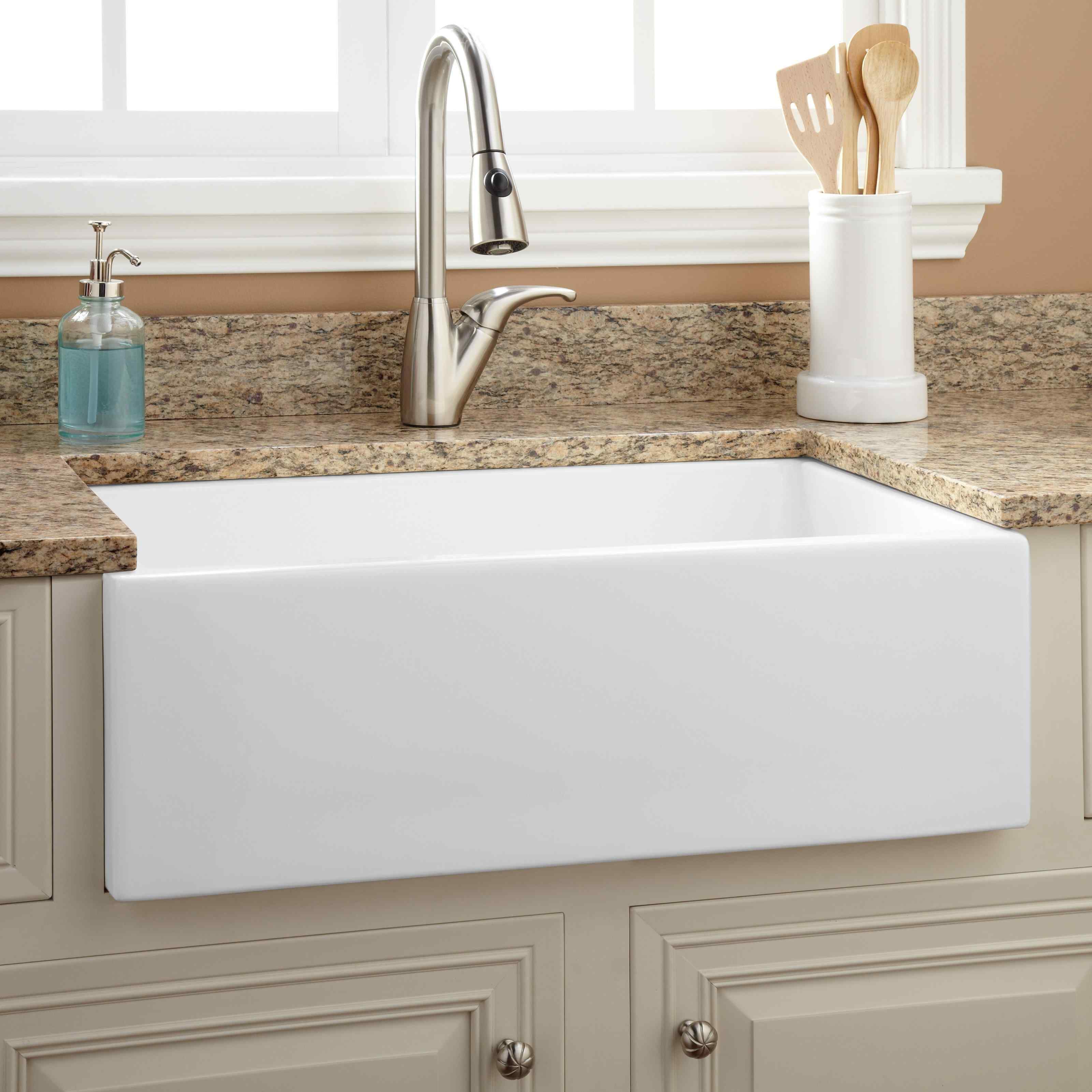
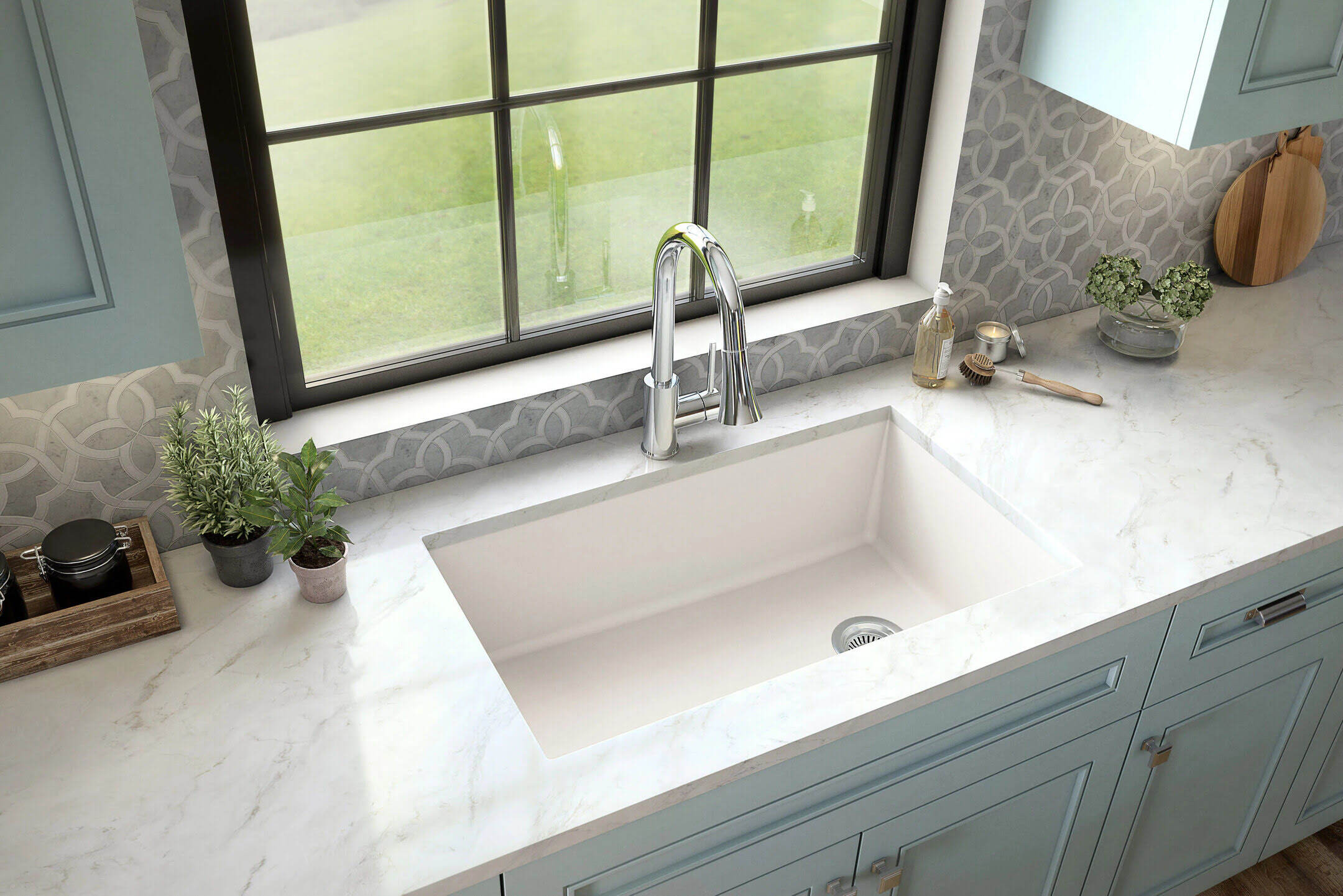

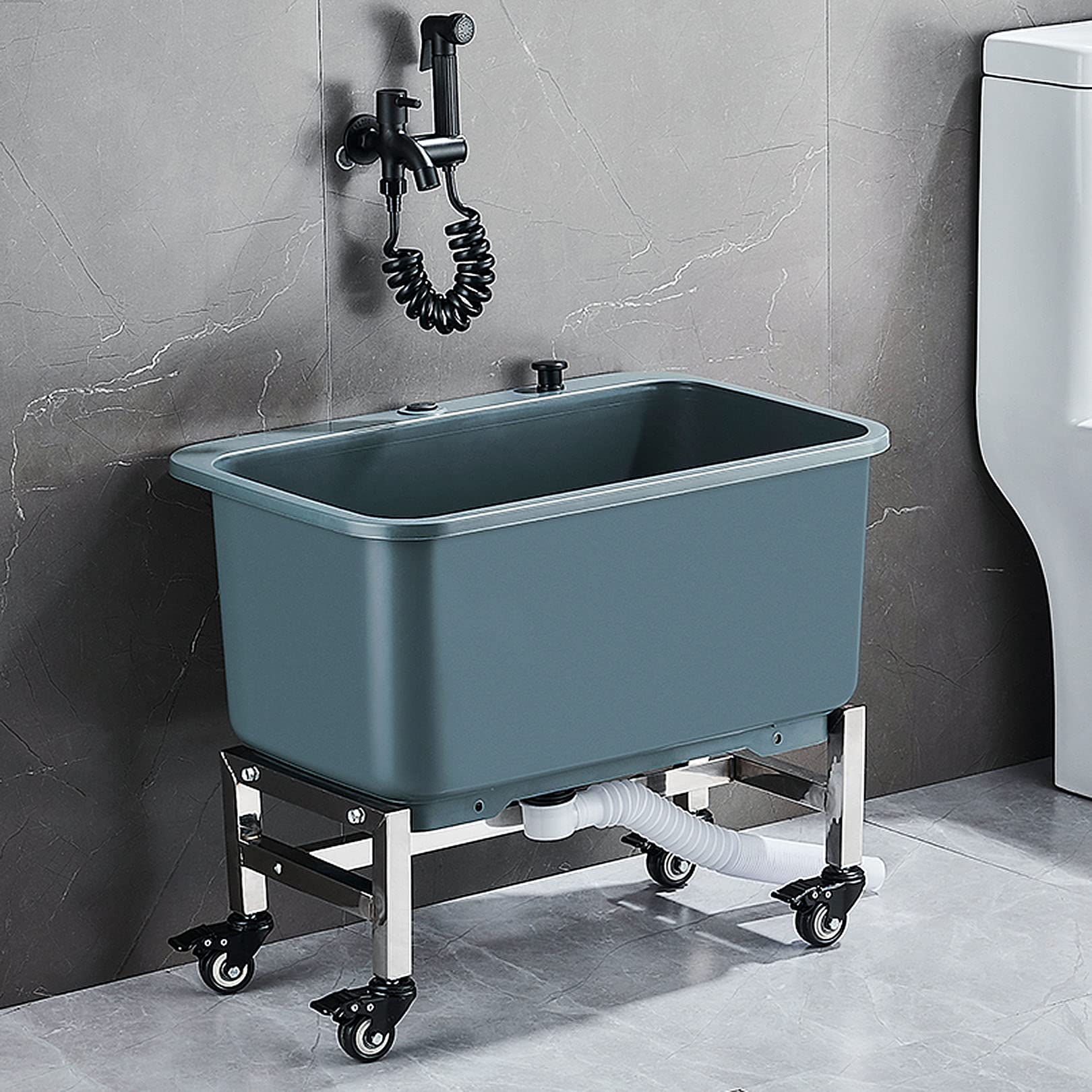
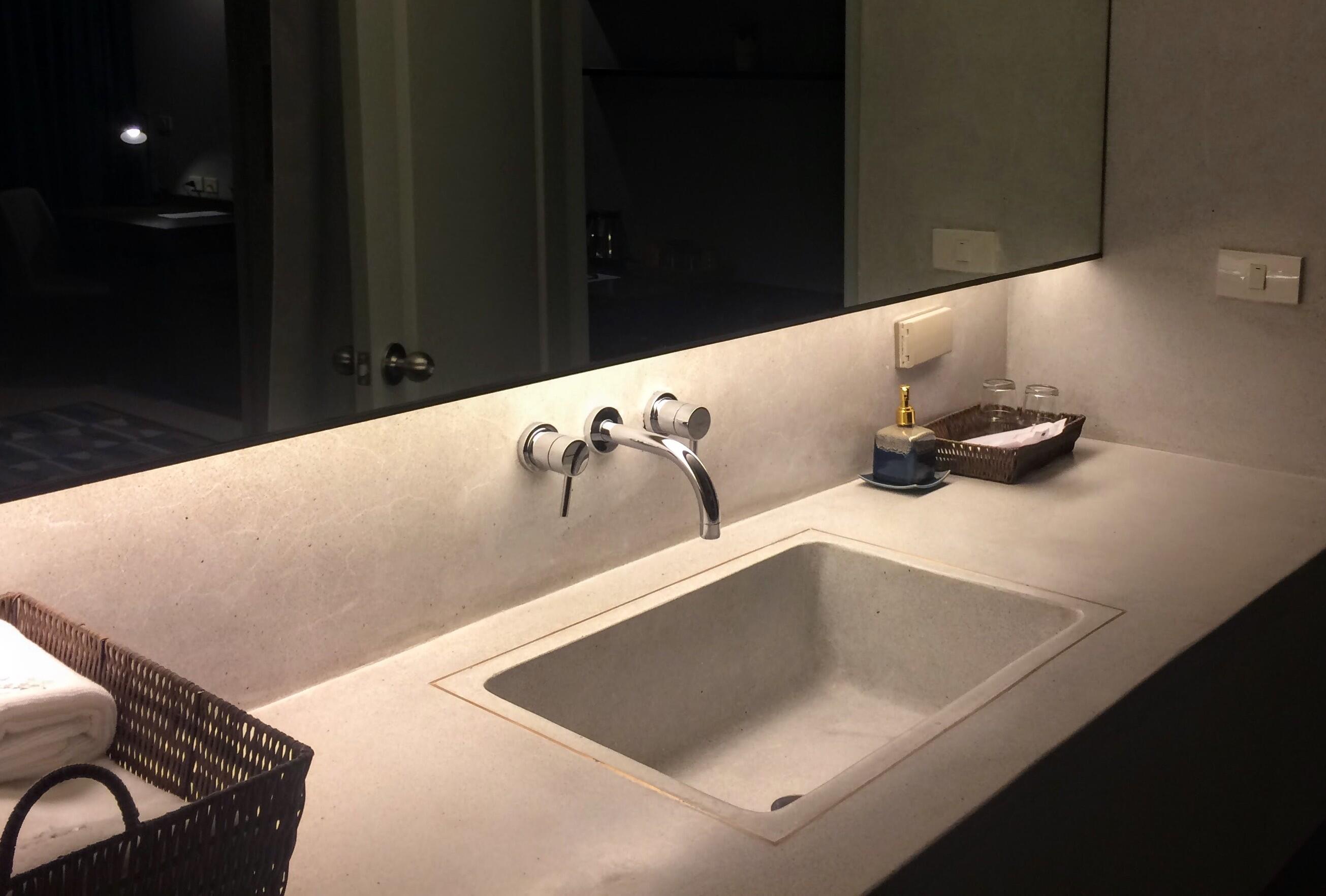

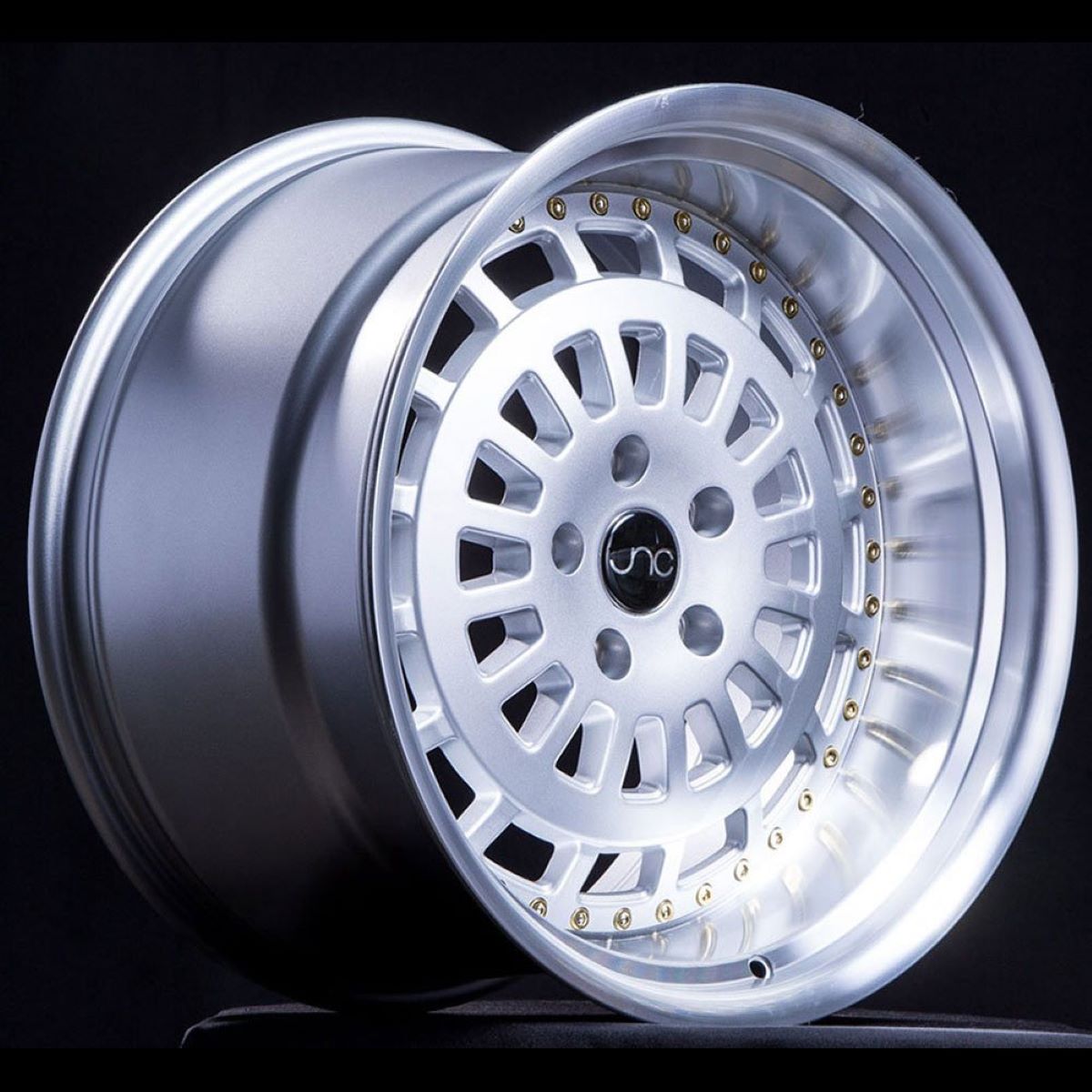
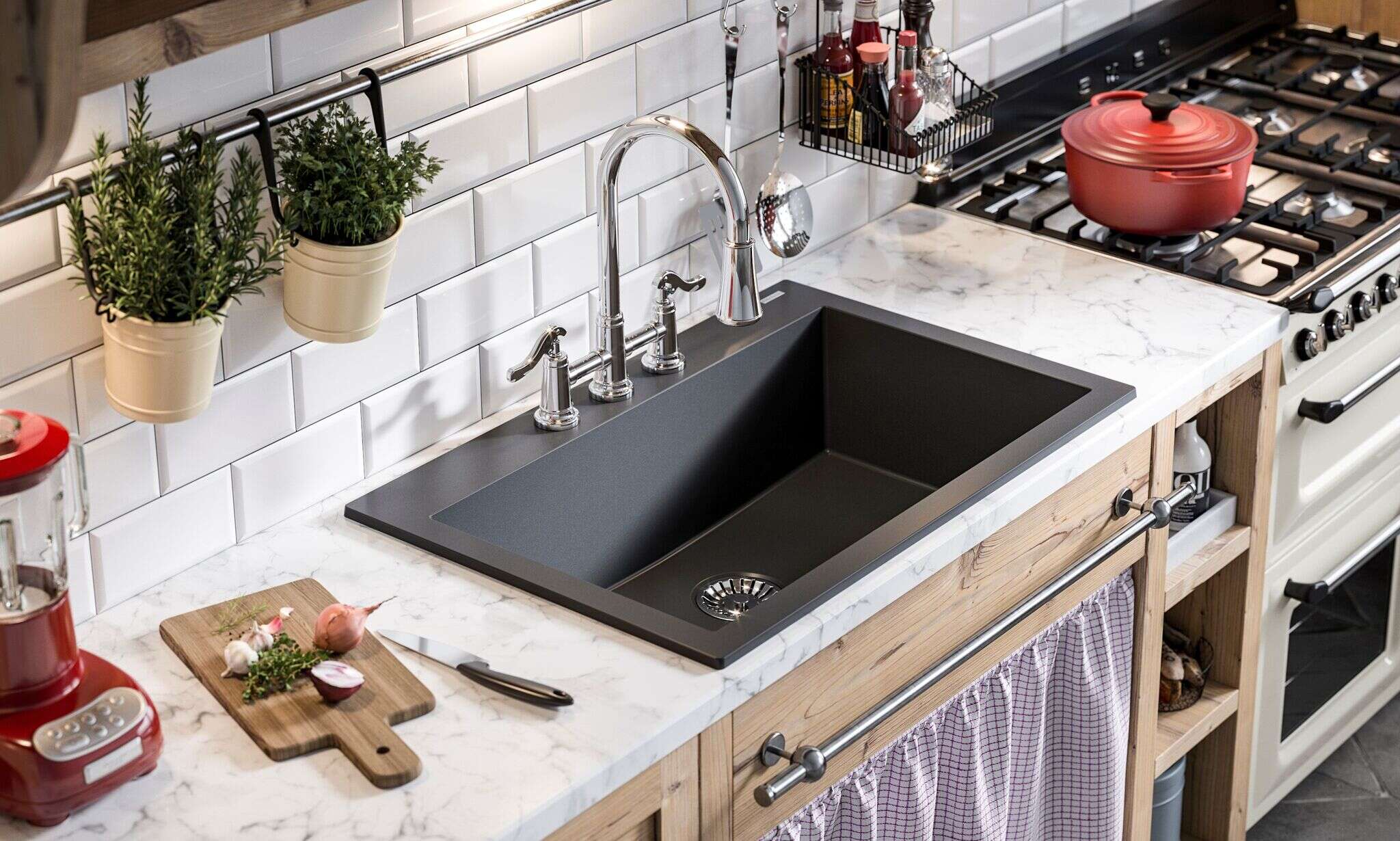

0 thoughts on “What Is Self Rimming Sink”